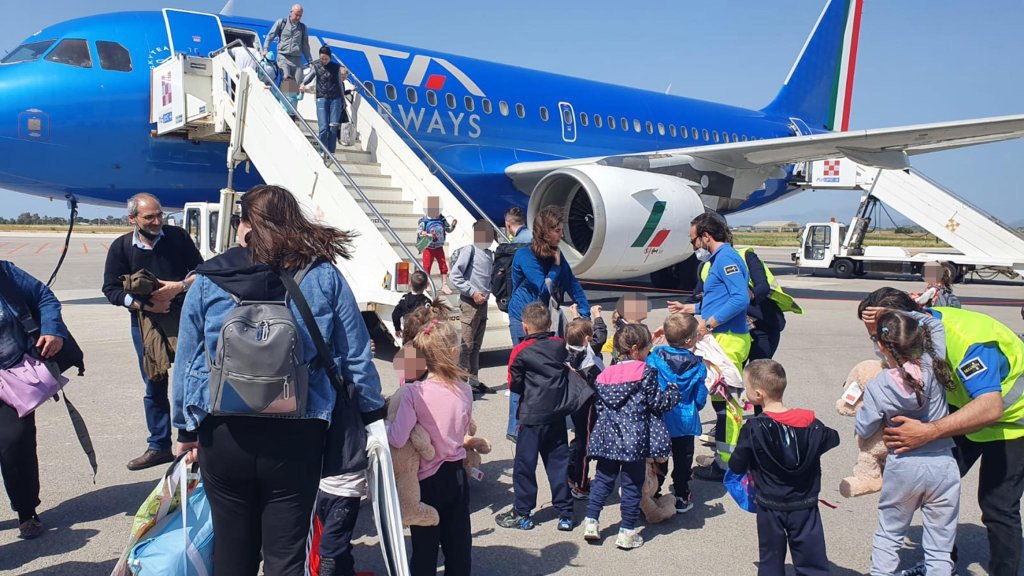
Ukraine’s position
Following the full-scale Russian invasion, the Ukrainian government decided to temporarily evacuate children from institutions in front-line areas. Several European countries and international partners offered shelter for these children, according to Petro Dobromilskyy, head of the State Child Protection Service.
‘A total of 4,811 children were evacuated to 19 European countries: Poland, Germany, Italy, Turkey, Austria, Romania, Switzerland, Spain, the Netherlands, the Czech Republic, Lithuania, Slovakia, Israel, France, Slovenia, Sweden, Hungary, Greece, and Croatia. Children were accompanied by guardians and received proper care and treatment. As the situation began to stabilise in Ukraine, we started bringing them home,’ he told.
Children returned to family-based care
In 2024, Ukraine’s legislation changed: now children can only be returned into family-based care — such as foster families, family-type orphanages, guardianship by relatives or close friends, adoption, or placement in the care of professional foster parents.
‘We managed to return a large group — 183 children — from Turkey. That’s a significant number. They received reintegration support in a safe environment in Transcarpathia, where specialists worked with them for three months. Today, all of them are in family-based or similar forms of care,’ said Dobromilskyi.
Some children are also reunited with their biological families after social services work with the parents. Nearly 500 children have returned home to their families in this way.
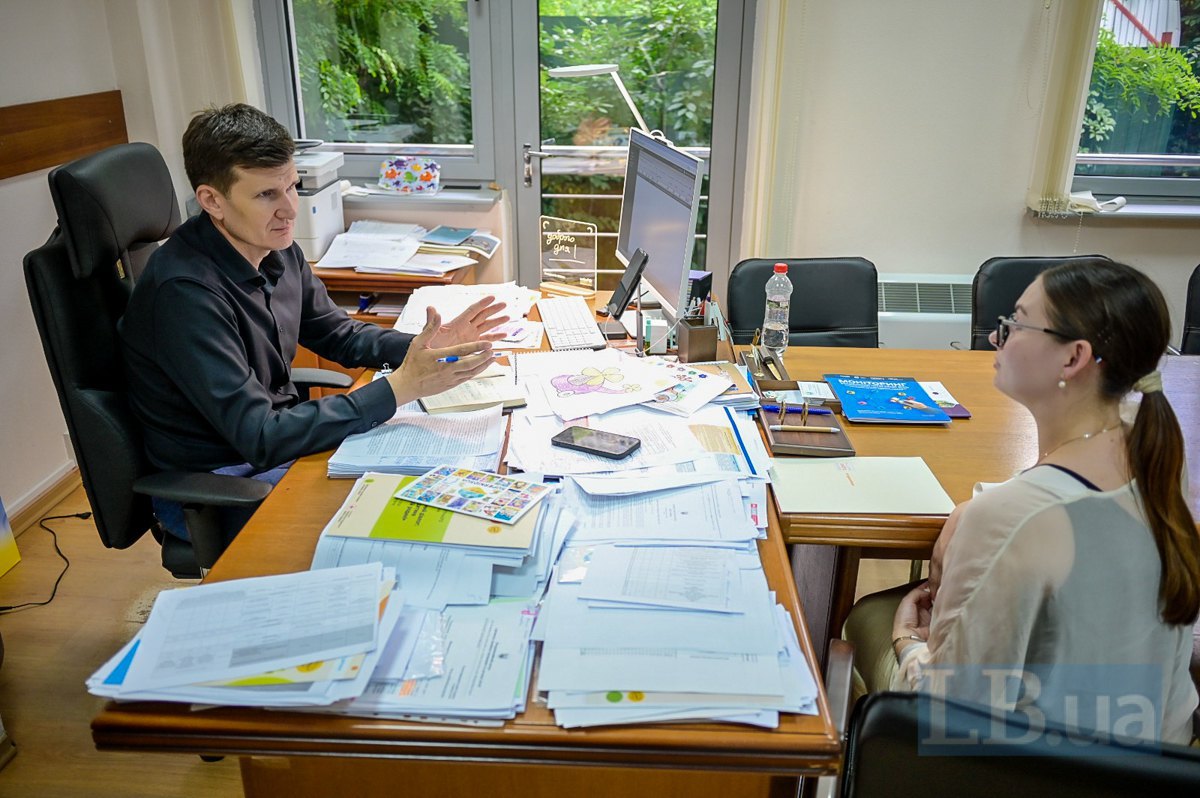
‘We can no longer simply place a child in an institutional care facility. This is only allowed in exceptional circumstances — for instance, if funding ends, if international partners request it due to lack of resources, or in the case of severe and rare illnesses. But these cases are rare,’ Dobromilskyy emphasised.
Another large group — 52 children — returned to Ukraine in early summer, arriving in Kirovohrad Region. Over half have already been placed into family-based care.
However, Dobromilskyy noted that children with serious illnesses are not currently being returned to Ukraine, as better medical treatment is available abroad. ‘These children are showing good health indicators where they are. For now, they are better off remaining there,’ he explained.
Another category includes teenagers who wish to remain abroad. According to Dobromilskyy, each case is handled individually. ‘If a child aged 16 or older wants to stay in the host country, they are allowed to do so,’ he said.
Online Introductions to Future Families
Before returning children to Ukraine, monitoring teams — including representatives of the Child Protection Service — explain where the child will be taken. This is a key requirement of the host countries.
‘Our international partners are rightly concerned about safety during the ongoing war. Before each return, we provide full information about the destination. Children are also prepared in advance: they learn about temporary housing, counselling, activities, and medical check-ups,’ Dobromilskyy noted.
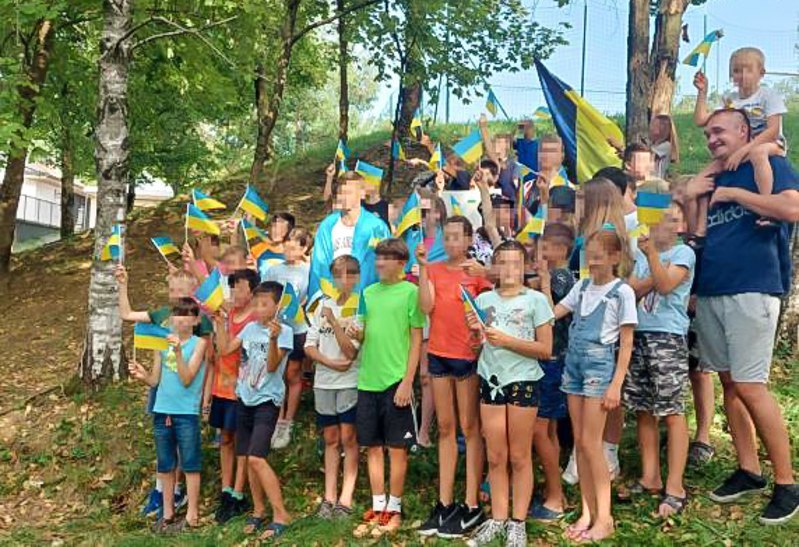
International Adoptions Suspended
As of July, 3,202 children had returned to Ukraine from evacuation. A further 1,609 remain abroad. Monitoring groups are actively overseeing the entire process.
‘We know where each of the 4,811 children is. None have been adopted abroad. In 2022, the government issued a resolution suspending intercountry adoptions for the duration of martial law,’ said Petro Dobromilskyy.
Some complications have arisen in countries like Italy and Spain, where Ukrainian children staying with families on holiday have not been returned due to court proceedings. In these cases, local citizens have cited safety concerns in Ukraine. The situation affects 25 children who regularly visited Italian families for health stays and were stranded due to the war. Legal proceedings are ongoing to return them.
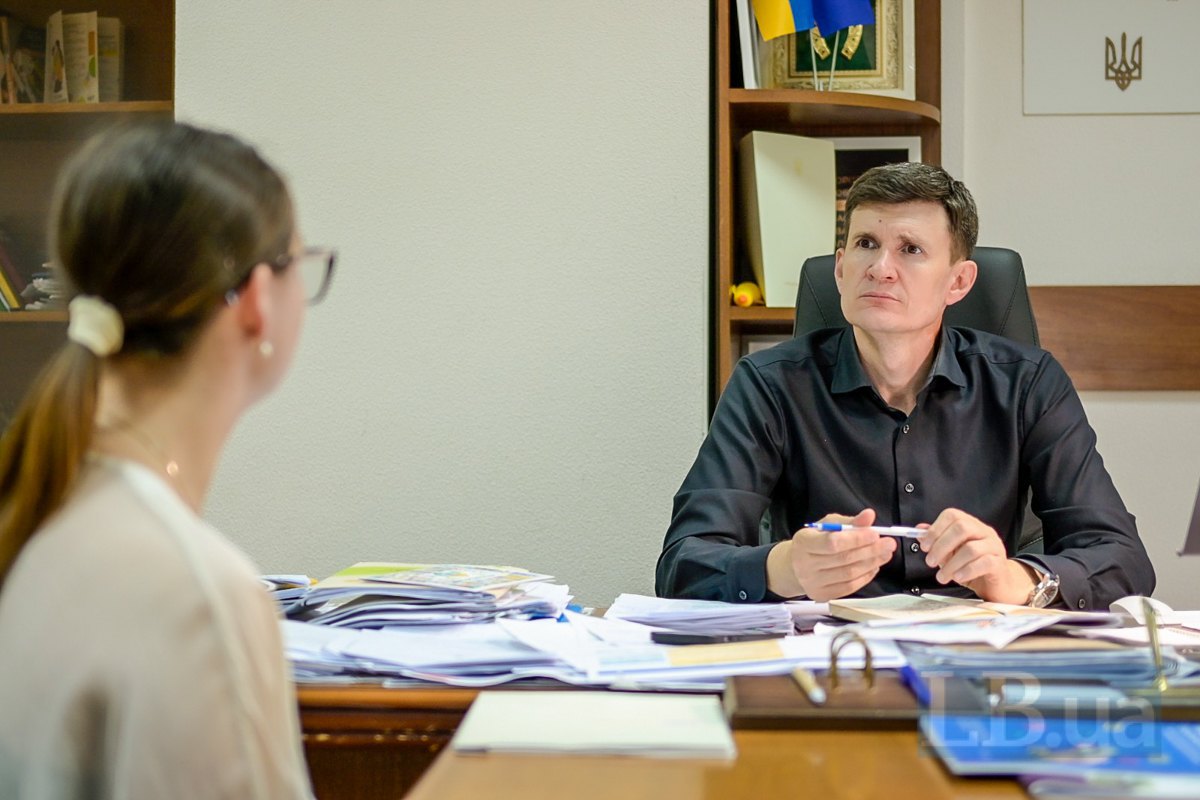
‘We’ve had difficulties accessing some children. In Italy, the judiciary is fully independent. Our government has asked Italy for support in returning the children. At times, we’ve even been denied access to assess their needs — but with the help of consulates, the Foreign Ministry, and the National Social Service, access was eventually granted. These are difficult cases, but work continues every day,’ Petro Dobromilskyy added.
Adoption in Ukraine on the Rise
Despite the full-scale invasion, the number of adoptions in Ukraine is increasing. According to the head of the Service, changes in legislation have expanded and made the adoption system and placement of children into family-based care more flexible.
‘If we look at adoptions in Ukraine overall and compare 2023 and 2024, they have increased by 30%. So, if there were 980 adoptions in 2023, this figure reached 1,273 in 2024. For us, this is a very significant development. Following the legislative changes, children can now be placed under the guardianship of Ukrainian citizens. From now on, it is possible to take the child first and then proceed with all the necessary court adoption procedures,’ said Dobromilskyy.
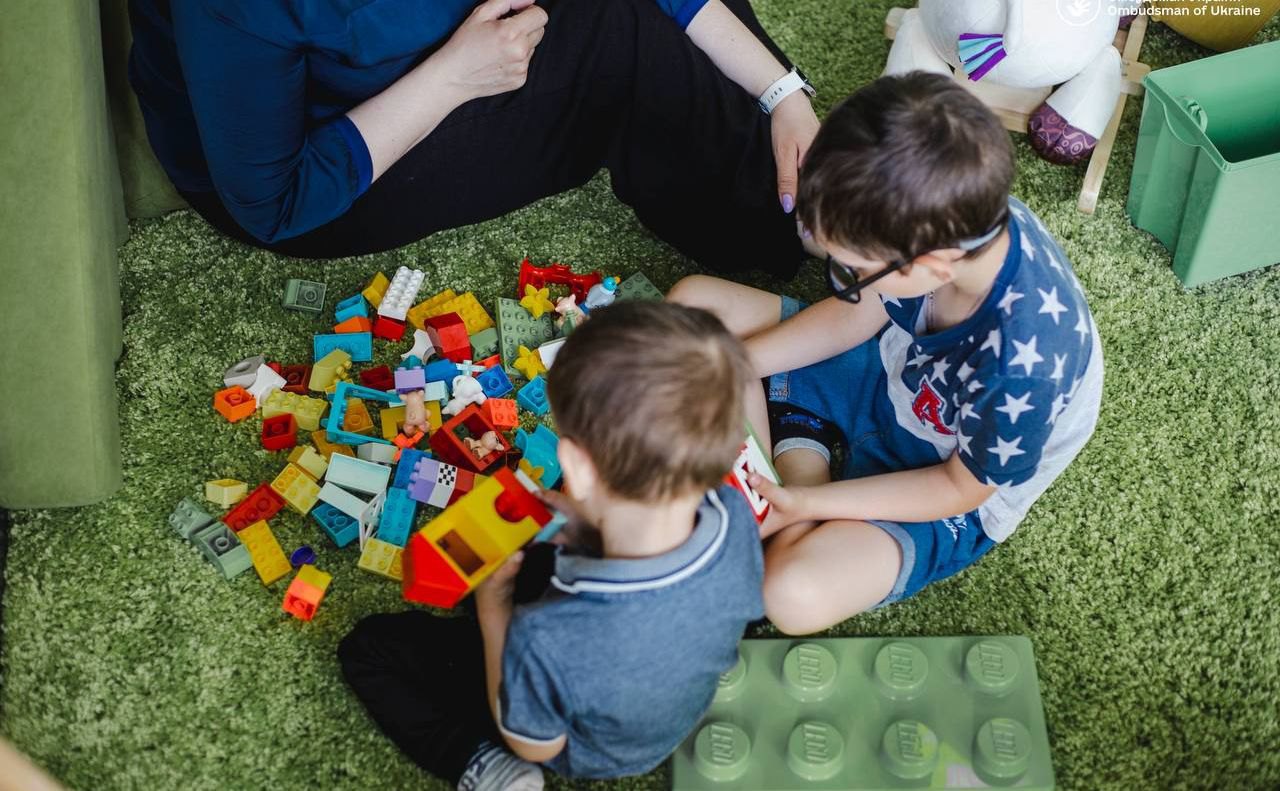
For children evacuated abroad, an online introduction has been set up with families that may potentially take the child into their care. If the introduction goes well, the child is placed with the new family in Ukraine.
‘It is much better for children to be in a family than in any institution. Therefore, all manipulations suggesting that we are sending them into war are inappropriate,’ emphasised Petro Dobromilskyy.








